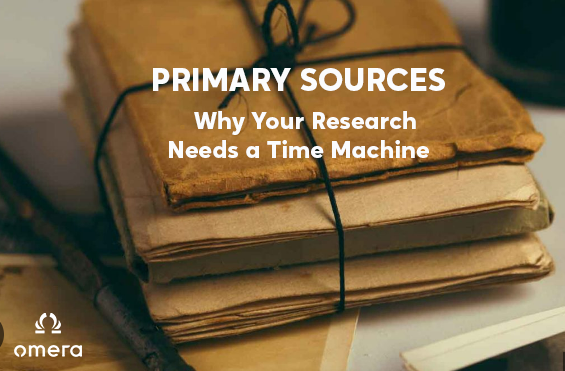For writers, research can be a daunting task.
Digging through layers of information. Hoping to find that gem that will take your writing to the next level.
If you’re writing historical fiction or nonfiction, primary sources are a secret weapon—a time machine that transports you straight to the heart of the past.
Think of them as the original behind-the-scenes footage of history. These sources include diaries, letters, memoirs, and other firsthand accounts that let you see things as they really were.
Would you rather read a modern analysis of the Civil War?
or
The diary of a soldier who lived through it?
I’m sure the modern book is insightful. But the diary offers raw, unfiltered emotions, candid observations, and maybe a few gripes about the less-than-appetizing food rations.
An eyewitness account isn’t just facts, you’re immersing yourself in the sounds, smells, and feelings of the time.
A memoir filled with humour or a letter overflowing with emotion allows us to hear from diverse voices. Imagine writing about a historical event and including a sassy letter study from a suffragette who’s had enough of society’s nonsense. That’s a character who’d be fun to write—and to read!
I’m currently working on a WW II novel. While visiting England in January, my aunt gave me letters from my granddad and great uncle, both RAF pilots. My uncle led the SIU, capturing all Gestapo war criminals (earning him32 commendations + an OBE). These letters revealed their daily lives, camaraderie, and fears of flying over battlefields. I discovered that one of granddad’s best friends had a quirky fear of seagulls, adding humour to the story. I even wove in a subplot about my granddad’s love letters while he was on his tour of duty. The richness it brings to my story is immense. I would never consider myself a romantic, but I’ve really enjoyed this addition—especially with all the spies and secrets involved.
I recently assisted an author who focused on contemporary sources for her Roaring Twenties historical fiction. While her research was solid, she missed the lively banter in flapper diaries. After suggesting she incorporate those primary sources, her characters came to life in a way they hadn’t before.
BIG TIP: don’t skip the time machine. Primary sources are key to telling stories that resonate, surprise, and truly engage your readers.
How do you elevate your writing?
#PrimarySources #WritingCommunity #LiteraryResearch #AuthorAdvice #WritingTips #PublishingIndustry #WritersLife
